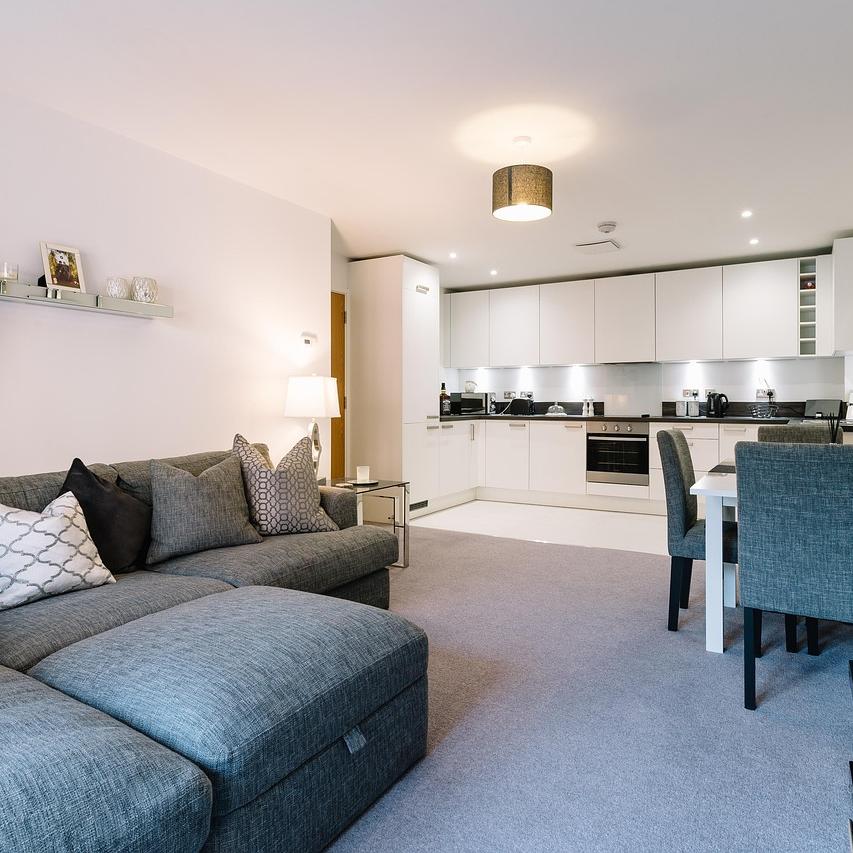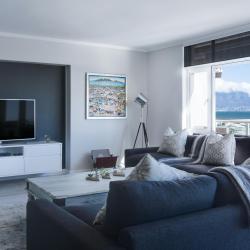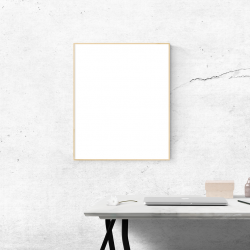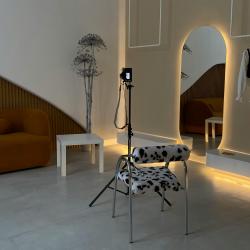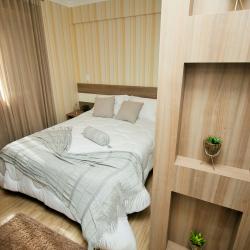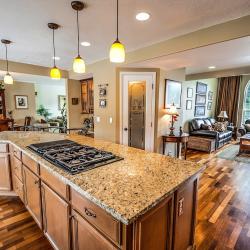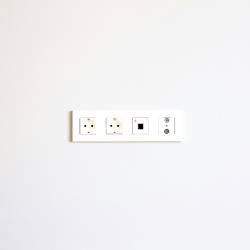How to Create a Minimalist Home on a Budget
Creating a minimalist home is about embracing simplicity and functionality while eliminating excess. This lifestyle not only contributes to a more serene environment but is also possible without a hefty price tag. Here's a guide to transforming your space into a minimalist haven while keeping your budget in check.
1. Declutter Ruthlessly
The first step in embracing minimalism is to declutter. Start by evaluating your belongings and sorting them into categories: keep, donate, sell, and discard. Focus on items you truly need and those that add genuine joy or function to your life.
Tips for Decluttering:
- One Room at a Time: Tackle one room or area at a time to avoid feeling overwhelmed.
- Ask the Right Questions: Have I used this in the past year? Does this item spark joy? Do I have duplicates?
- Create a Donation Box: Keep a box handy to collect items you're ready to part with.
2. Adopt the Philosophy of 'Less is More'
Embracing minimalism means prioritizing quality over quantity. Focus on a few quality pieces rather than numerous items. This approach not only reduces visual clutter but can also be more cost-effective in the long run by investing in timeless essentials.
Strategies:
- Neutral Palette: Choose a neutral color palette to maintain a clean and calm aesthetic. Adding pops of color through accent pieces like cushions or artwork can offer variety without visual clutter.
- Multipurpose Furniture: Select furniture that serves multiple functions, like a sofa bed or a table with storage, to maximize utility and minimize excess.
3. Second-Hand Shopping and DIY Projects
Second-hand stores, flea markets, and online marketplaces are goldmines for affordable minimalist furniture and decor. DIY projects also allow for personalization while keeping costs low.
Techniques:
- Repurpose & Reimagine: Give old furniture a new life with a coat of paint or reupholstering.
- DIY Decor: Create your own artwork or shelving. Simple frames, homemade candles, or macramé wall hangings can add personal touches without a financial burden.
4. Mindful Consumption
Minimalism isn't just about reducing what's already in your home—it's also about changing your purchasing habits. Aim to buy intentionally and thoughtfully. Before making a purchase, ask yourself if it adds value to your space and aligns with your minimalist goals.
Recommendations:
- Adopt a One-In-One-Out Rule: For every new item brought into your home, something else should go out. This prevents accumulation and keeps clutter at bay.
- Quality Over Quantity: Invest in durable goods that will last, even if it means spending a bit more upfront. Quality pieces often pay off in longevity and reduced replacement costs.
5. Simplify Decor and Accessories
Minimalist decor is about creating an environment of simplicity and balance. This means opting for a few standout pieces rather than a collection of unnecessary items. Think of decor as a way to support the function and spirit of a room.
Ideas:
- Natural Elements: Integrate plants, wood, or stone elements to add warmth and texture. Plants not only enhance aesthetic appeal but also improve air quality.
- Functional Decor: Choose decor items that serve a purpose, such as a beautiful clock or an aesthetically pleasing storage basket.
6. Embrace Negative Space
Don't feel the need to fill every corner or wall. Negative space, or the empty areas within a room, is a crucial aspect of minimalist design. It allows your space to breathe and draws attention to the pieces you choose to showcase.
Implementation:
- Spatial Awareness: Arrange furniture with plenty of space around it, promoting flow and accessibility.
- Balanced Arrangement: Avoid overstuffing shelves or surfaces. Let your chosen decor be the focal point by giving it room to stand out.
Conclusion
Transforming your home into a minimalist sanctuary doesn't require a major financial investment. By adopting the principles of decluttering, mindful consumption, and strategic purchasing, you can achieve a peaceful, functional, and aesthetically pleasing space. Embrace minimalism not just as a design choice but as a lifestyle for a clearer, more focused way of living. Remember, true minimalism is about intention and creating a home that serves you, not the other way around.
